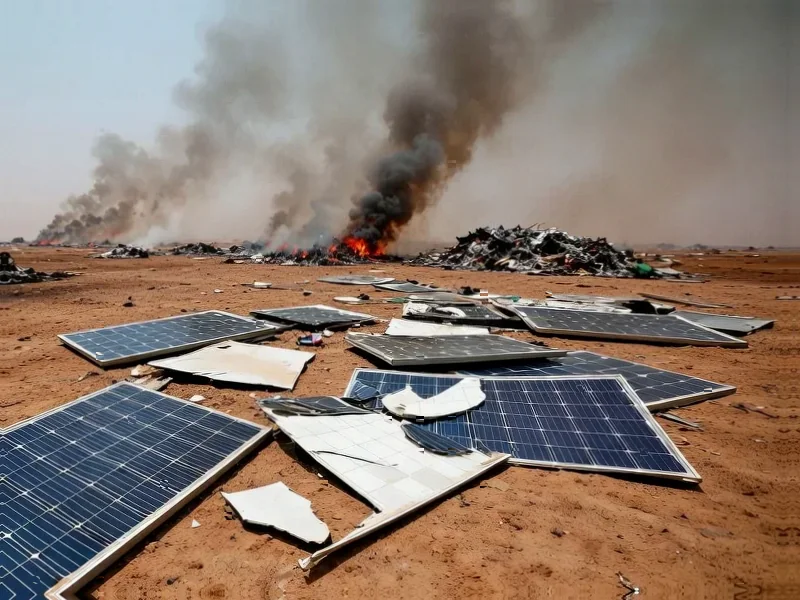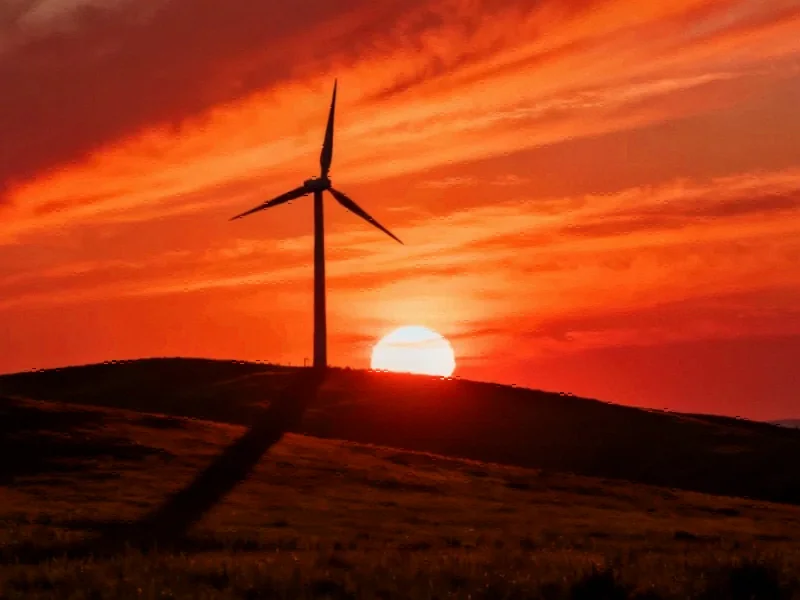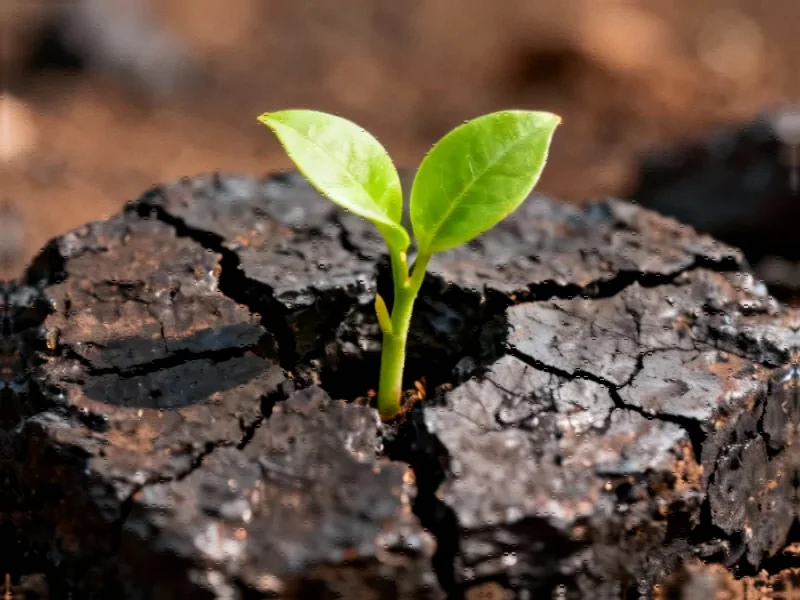According to IEEE Spectrum: Technology, Engineering, and Science News, Eavor’s advanced geothermal project in Geretsried, Germany has achieved a 50% reduction in drilling time for its final four horizontal wells compared to the first eight, cutting from over 100 days per well while using $100,000-per-day drilling rigs. The Canadian startup, which received a $107 million EU Innovation Fund grant, is completing its first commercial closed-loop system featuring wells reaching 2.8 miles deep with 1.8-mile horizontal sections. The project is scheduled to begin power production later this year, eventually delivering 8.2 megawatts of electricity and 64 megawatts of district heating while implementing innovations like insulated drill pipes that triple drill bit lifespan. These developments suggest geothermal energy may be approaching its own cost-reduction trajectory similar to solar and wind.
The Drilling Economics Breakthrough
Eavor’s 50% drilling time reduction represents more than just operational efficiency—it signals geothermal’s potential to escape the high-cost niche that has constrained its growth for decades. In an industry where drilling constitutes 40-60% of project costs, cutting rig time by half directly attacks geothermal’s fundamental economic challenge. The EU’s substantial investment appears strategically timed to push the technology down its learning curve, much like government support accelerated solar and wind development in their early commercial phases.
Closed-Loop Versus Enhanced Systems
The German project highlights a strategic divergence in next-generation geothermal approaches. While companies like Fervo Energy pursue enhanced geothermal systems (EGS) that fracture rock to create reservoirs, Eavor’s closed-loop design offers distinct regulatory advantages in markets like Germany where fracking restrictions apply. However, as Cornell’s Jeff Tester notes, closed-loop systems face their own thermal transfer limitations that could constrain energy output per well. The competition between these approaches will likely create regional winners based on local geology and regulatory environments.
Stakeholder Implications Beyond Germany
For energy developers, Eavor’s progress validates closed-loop technology as a viable option in non-volcanic regions, potentially opening new markets across Europe and North America. Municipal utilities and district heating operators should note the 64 MW thermal capacity—this represents geothermal’s often-overlooked heating applications that could displace natural gas in residential and commercial buildings. Meanwhile, oil and gas service companies stand to benefit from transferable drilling technologies, though they’ll need to adapt to geothermal’s different operational requirements and environmental standards outlined by the Department of Energy.
The Scaling Challenges Ahead
While the drilling improvements are impressive, geothermal’s path to mass adoption remains steep. The technology must compete not just against other renewables but against cheap natural gas in many markets. Eavor’s claim of reaching Europe’s “levelized cost of heat” between $50-100/MWh thermal is promising, but sustained cost reduction will require replicating these results across multiple projects. The March 2026 timeline for the second loop construction suggests the pace of scaling remains measured, indicating that while the technology works, rapid deployment at gigawatt scale remains years away.
A Geothermal Renaissance in the Making
Eavor’s German project represents part of a broader geothermal resurgence that includes multiple technology approaches. What’s significant is that these developments are occurring simultaneously, creating a competitive ecosystem that should accelerate innovation. The industry’s adaptation of oil and gas techniques—from directional drilling to advanced materials—demonstrates how cross-industry knowledge transfer can unlock new clean energy solutions. As these projects move from demonstration to commercial operation, geothermal may finally claim its place as the reliable baseload complement to intermittent solar and wind.




